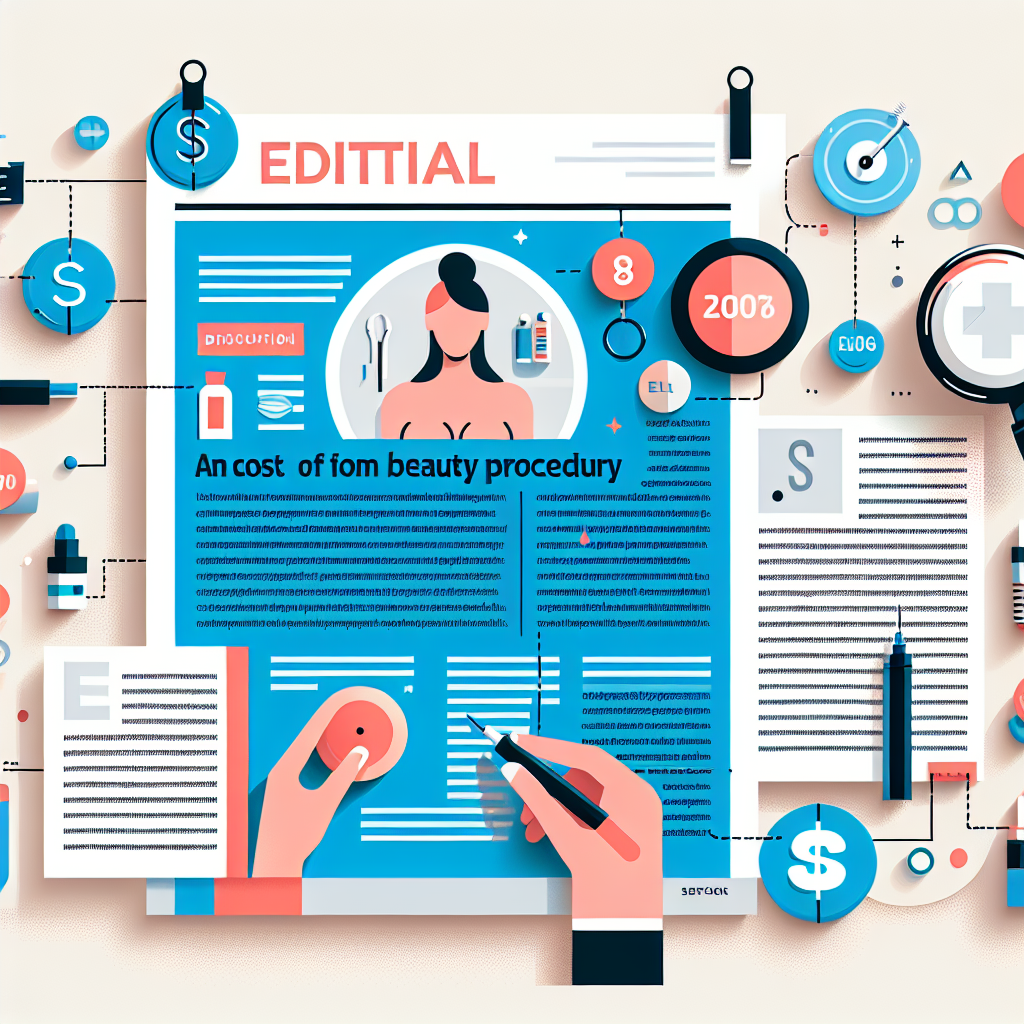Thinking about a filler for chin wrinkles is a common consideration for people who want subtle improvement in jawline texture and lower-face harmony without surgery. Dermal fillers can restore volume, smooth creases, and improve skin contour. This article explains what injectable options can do, common chin filler side effect concerns, expected downtime, and how chin and cheek filler techniques are combined for natural results.
Fillers for chin wrinkles: what to expect
Injectable treatments used to address lines and laxity in the chin area are typically hyaluronic acid–based or calcium hydroxylapatite products administered by a trained clinician. For a clear overview of how dermal fillers work, reputable references like the Wikipedia entry on dermal fillers provide background on materials and mechanisms: dermal fillers (Wikipedia). Your provider will assess whether isolated chin injections or combined cheek and chin filler placement is the best plan.
Benefits: contour, balance, and subtle lifting
Chin injections can do more than smooth surface lines. By restoring lost projection or filling hollows, injectable fillers for chin areas can:
- Improve chin projection and jawline definition, making the profile appear more balanced with the nose and forehead.
- Soften vertical creases and fine wrinkles on the chin surface.
- Provide a non-surgical alternative to implants for mild to moderate contour concerns.
- Work in tandem with cheek and chin filler strategies to lift and harmonize the lower face, often requiring less product than correcting one area alone.
Common risks and chin filler side effect information
Like all cosmetic injections, fillers carry potential risks. Typical, temporary chin filler side effect reactions include bruising, swelling, redness, tenderness, and lumpiness at the injection site. Less common but more serious complications can include infection, vascular occlusion (which requires immediate attention), and delayed nodules. Discuss your medical history, medications, and any prior procedures with your clinician to reduce risk.
Procedure and expected downtime
Most treatments take 15–45 minutes in-office. Topical numbing or a nerve block may be used for comfort. Downtime is usually minimal: expect some swelling and possible bruising for a few days to one week. Many people return to work the same day if they feel comfortable, though strenuous exercise and alcohol should be avoided for 24–48 hours. If combining chin and cheek fillers, swelling patterns may differ but typically resolve within a week.
How providers combine chin and cheek filler techniques
Chin and cheek filler approaches are often planned together because augmenting the midface can indirectly affect chin appearance. Using cheek and chin filler strategically can lift tissue and reduce shadowing, producing a more youthful lower face. When clinicians talk about chin and cheek fillers, they consider facial proportions, bite, and soft-tissue support to avoid overfilling or creating an unnatural look.
Choosing the right filler and practitioner
Not all products are the same. Hyaluronic acid fillers offer reversibility with hyaluronidase and are widely used for mild-to-moderate chin enhancement. Longer-lasting options exist but require careful placement. Seek a board-certified dermatologist, plastic surgeon, or experienced injector with strong facial anatomy knowledge. Review before-and-after photos, ask about emergency protocols, and confirm that sterile technique and proper consent are used.
Aftercare and when to call your clinician
Aftercare is straightforward: apply ice for swelling, avoid intense heat and pressure on the area for 24–48 hours, and sleep with your head elevated if swelling is significant. Contact your provider immediately for severe pain, skin color changes, or signs of infection. If you notice persistent lumps or asymmetry, follow-up appointments can allow adjustments or, in the case of hyaluronic acid, reversal.
Who is not a good candidate
Active infection near the injection site, certain autoimmune conditions, pregnancy, and breastfeeding are typical contraindications. Detailed consultation will clarify candidacy. If aesthetic goals involve major structural change, surgical options may be more appropriate.
For related articles on skin health and responsible product choices, explore sustainable routines through resources that explain eco-friendly approaches to skincare and overall skin wellbeing like this guide to sustainable skincare practices: sustainable skincare practices.
- Takeaways:
- Fillers for the chin can smooth wrinkles and improve projection without surgery.
- Common side effects are temporary bruising and swelling; serious complications are rare but require prompt care.
- Combining cheek and chin filler often yields the most natural, balanced results.
- Choose an experienced injector and follow aftercare instructions to minimize downtime.
Q: How long do results from chin fillers typically last?
Duration depends on the filler type and individual factors. Hyaluronic acid fillers often last 6–18 months, while some thicker or calcium-based products may persist longer. Maintenance sessions are common to preserve results.
Q: Can chin fillers be reversed if I don’t like the look?
If a hyaluronic acid product was used, a hyaluronidase enzyme can dissolve the filler. Other materials are not reversible and may require different management. Discuss reversibility before treatment.
Q: Will chin fillers change my facial expressions?
Appropriately placed fillers should not restrict normal movement when performed conservatively. Overfilling can alter expressions, so a staged approach with follow-up adjustments is recommended to maintain natural animation.






